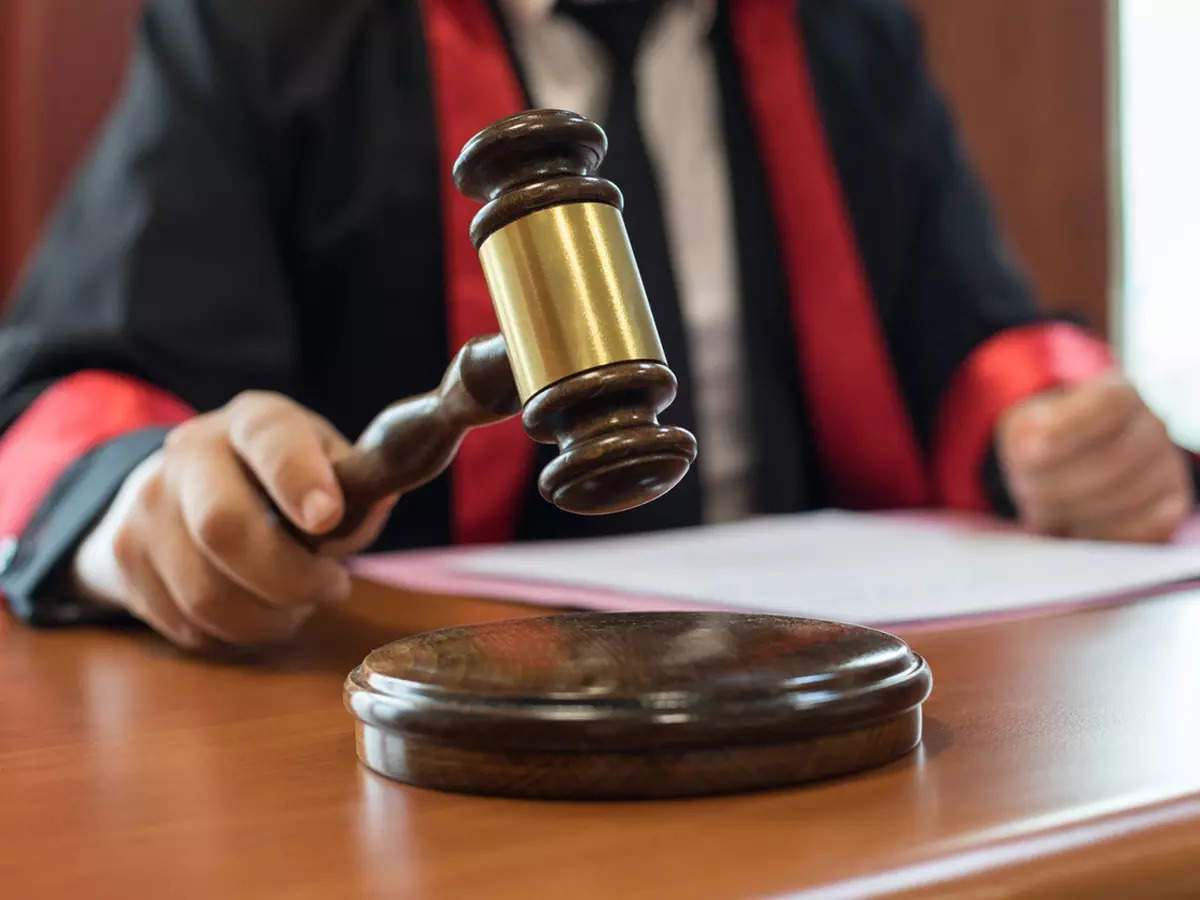Explainer: How to file a complaint in the consumer court?

Q. What is a consumer dispute?
A. A consumer dispute is an allegation made in writing by any consumer to seek relief against any unfair trade practice, defective goods, or deficiencies in services denied or disputed by the accused party.Q. When can a consumer file a case?
A. An aggrieved consumer must file the case within two years of the purchase date, or the date of the service availed, after which they cannot approach the consumer court. This is the Law of Limitation.
Q. What are the challenges faced in filing a consumer case in reality?
A. The challenges faced in filing a consumer case in reality:
- · A consumer case is supposed to be decided within three months (five months, if analysis and testing are required). The law says that it should be “disposed of as expeditiously as possible.” However, it may take even two years or more.
- Anybody without a law degree can also plead their consumer case in court. A lawyer is not always necessary. For cases of smaller value also, a lawyer’s fee could be daunting to pay. However, for individuals without a law background who choose to plead their cases, the interpretation and understanding of the law and the evidentiary value could be technically intimidating.
- For cases of lesser value, clerks and registrars may or may not try to talk complainants out of filing the case.
Q. What qualifies as evidence in the consumer court?
A. “Oral evidence is also evidence. The thing is that you have to be able to prove that it was actually said,” Advocate Siddharth Chandrashekhar explained. He added, “Contrary to the popular belief, WhatsApp chat logs also have evidentiary value. It’s not just emails. People believe that only email is admissible in court. But in the last couple of years, WhatsApp messages have also begun to be qualified as a piece of evidence.” He clarified that unlike emails that usually do not have read receipts, the blue tick on WhatsApp texts, which means the message was seen, also holds evidentiary value. Screenshots can also be held in the court of law as a shred of evidence.Q. What documents are required to file a case in the consumer court?
A. The documents required to file a case in the consumer court include:
- An invoice that can prove your purchase. This is proof of payment clearly describing the item purchased, mentioning the date of purchase, and the amount paid.
- Documentation of the defect, with date and time. Time is not mandatory, but it would help to eliminate the argument that the defect could have occurred due to natural tear and wear.
Unlike a regular court case, consumer cases happen in a more summary manner. There is a heavy emphasis on evidence, but no examination or cross-examination of witnesses. “The whole purpose of consumer courts and consumer protection act is that it is supposed to be a speedy agreement,” Chandrashekhar told ET.
Q. What is the next step after documentation of all the evidence?
A. Before approaching the court, the parties are expected to make a reconciliation attempt. The complainant (or their lawyer) sends a notice to the party accused stating the grievance, and the defect or the deficiency. The accused party may or may not accept it. If the accused party does not accept it, the complainant may proceed to file a case in court. Alternatively, if the accused accepts their fault, both parties can come to a mutual agreement or compensation. If the agreement is not mutual and the complainant is not satisfied, she/he can still move court.
Q. Which court should a consumer file their complaint in?
A. A consumer should file their complaint in the same place where the cause of action happened. This is the jurisdiction of the place, called territorial jurisdiction.
There is a three-tiered system of courts under the Consumer Protection Act: district, state, and national forums. It is advised to file the case with the lowest court first and then proceed to higher courts if required in the case of appeals. Nevertheless, a complainant also needs to meet the pecuniary jurisdiction. Under this, the district commission has the jurisdiction to entertain cases where the value of goods or services paid does not exceed 1 crore. The state commission has jurisdiction over cases where the value is between 1 crore and 10 crores, and the national commission on cases over 10 crores.
Q. How to go about in the court to file the case officially?
A. The complainant first goes to the clerk in the court with all the documents in place, who cross-checks to ensure nothing is missing. In the next 21 days, the “admissibility” of the case is checked, that is to see if the case has any real merits to be admitted or not. If it is admitted, then the party accused is given an opportunity to file their version within 30 days (15 more days can be given to them on request).
Then the case goes to the registrar who assigns a date for the hearing of the case through an automated process, CMIS (Case Management Information System). The date can range from a week to a month to a few months based on several factors relating to the availability of the judge and the bench. This date can be manually overwritten in case of genuine requests.
The case is then heard by the court. If both parties are satisfied with the order, they comply with it. If any one of the parties wants to file an appeal against an order by the district commission, they have 45 days to file it to the state commission. For any appeal against the state commission’s decision, the party has 30 days to file it to the national commission.
Source link





